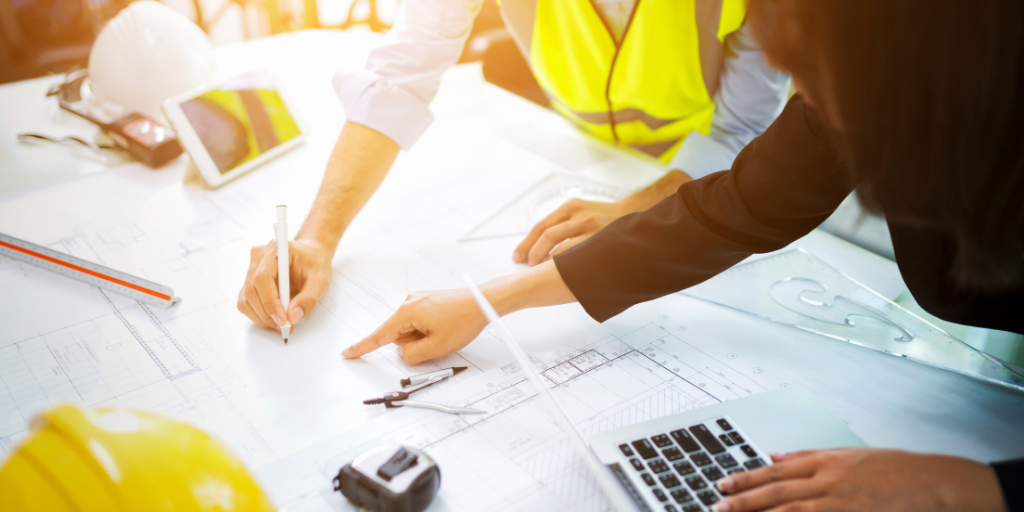
How will the VAT reverse charge impact construction?
New VAT rules for building contractors and subcontractors will come into effect from 1 March 2021. They were originally expected to come into force from 1 October 2019, but were delayed due to the impact of the coronavirus pandemic on the construction sector.
With the changes quickly approaching, we wanted to share some advice to help businesses prepare for the new system.
What are VAT reverse charges?
The new rules will make the supply of most construction services between construction or building businesses subject to the domestic reverse charge. The reverse charge will only apply to supplies of specified construction services to other businesses in the construction sector.
This means that from 1st March 2021, subcontractors will no longer add VAT to their supplies to most building customers, instead contractors will be obliged to pay the deemed output VAT on behalf of their registered suppliers. This is part of a government effort to reduce missing trader fraud (suppliers declaring paid VAT charges as “missing” to HMRC).
Who/what do these changes apply to?
The charge applies to standard and reduced-rate VAT services:
- For individuals or businesses who are registered for VAT in the UK
- Reported within the Construction Industry Scheme
You must use the reverse charge for the following services:
- constructing, altering, repairing, extending, demolishing or dismantling buildings or structures (whether permanent or not), including offshore installation services
- constructing, altering, repairing, extending, demolishing of any works forming, or planned to form, part of the land, including (in particular) walls, roadworks, power lines, electronic communications equipment, aircraft runways, railways, inland waterways, docks and harbours, pipelines, reservoirs, water mains, wells, sewers, industrial plant and installations for purposes of land drainage, coast protection or defence
- installing heating, lighting, air-conditioning, ventilation, power supply, drainage, sanitation, water supply or fire protection systems in any building or structure
- internal cleaning of buildings and structures, so far as carried out in the course of their construction, alteration, repair, extension or restoration
- painting or decorating the inside or the external surfaces of any building or structure
- services which form an integral part of, or are part of the preparation or completion of the services described above – including site clearance, earth-moving, excavation, tunnelling and boring, laying of foundations, erection of scaffolding, site restoration, landscaping and the provision of roadways and other access works
How to prepare
Some of the things you can do to prepare for the new VAT reverse charges include:
- Making sure your accounting systems and software can deal with the reverse charge
- Considering whether the change will impact your cash flow
- Making sure all your staff who are responsible for VAT accounting are familiar with the reverse charge and how it will work
If the VAT reverse charge does not apply you should follow the normal VAT rules. There are also flowcharts available to help you decide if you need to use the reverse charge.
Want to find out more? Please contact us and we can give you the most up-to-date advice and information about the new VAT reverse charges!

This Post Has 0 Comments